
Bird watching: An educational experience for travel enthusiasts
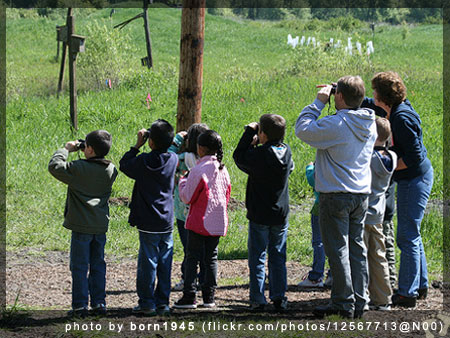
Most of us travel to see historical landmarks or natural landscapes. But how about going on a bird watching trip? Also known as birding, this is one popular leisure occupation of bird lovers as it offers a unique way of being with nature by observing and taking interest in bird life and studying the different species of birds.
Table of Contents
Birdwatching is a hobby that involves keeping a record known as Life List which serves as a tracker for the birders involved in the bird watching goings-on and for those who are making studies about them. This life list then is a very essential device for those who are passionate about this type of recreational activity.
Stages of Bird Watching

Young bird watchers at Jackson Bottom Wetlands Preserve in Hillsboro, Oregon
Being a bird watcher is developed in different stages before a person is being categorized as one. He has to start first as a bird viewer or just a mere observer, whether he is equipped with a binocular or telescope, or simply viewing birds with the naked eye. As his curiosity heightens, this will lead him to look and look more until without his knowing it, he has developed this habit of being further interested and engrossed, to see what these fascinating little creatures called birds are doing, and how they do their thing. Bird watchers are also keen in listening to bird sounds which help them to easily identify the bird species.
These bird watchers take down notes on their observations so as to remember them. At this point, they may be categorized as hobbyists, but farther, this hobby will take them to a different level. Taking down notes of what they see with their own naked eyes is a simpler thing as this is not scientific; they are not using equipments or instruments, so they cannot see beyond this.
Birders: More than just a hobby
For people who have become more obsessive and passionate about their hobby of bird watching, such that they become not only hobbyists, they will then have graduated to be categorized as birders. They will then buy more than just ordinary materials, but the sophisticated ones, and they really invest on these. They also go further to purchase instruments and equipments, to do scientific research. Thus these birders become more authoritative, and can be more credible in their pronouncements about the occupation.
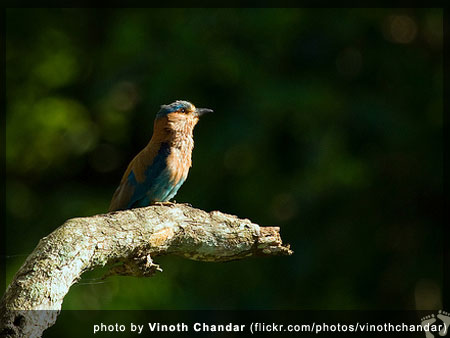
Indian Roller (Coracias benghalensis)
These birders occupy themselves with what the birds do, and they also go where the birds are. They study extensively about everything on birds and record their observations. They are alert on the latest technology that would help them in their birding activities. For their research, they travel even to places they have not visited, if only to see bird species they have not yet seen. In these adventures, every detail of their journey is noted and recorded.
Life List: Bird classification, history and activities
These wide-ranging records of the birders, be it electronic or written, on the species, kinds and types of birds and where they are most found are contained in the Life List. Not only does it contain bird classification, but also details like the place and time when a certain bird type was seen first. Activities of the birds are also on the record.
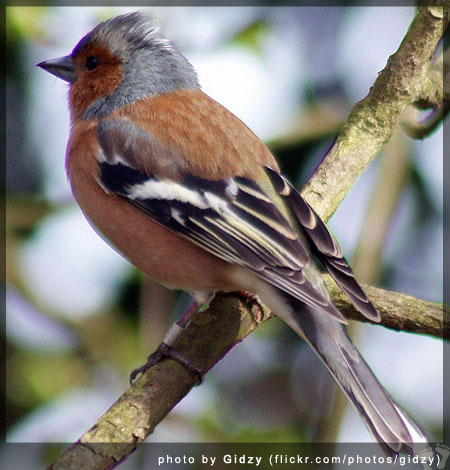
Common Chaffinch (Fringilla coelebs)
The life list also contains the history of a particular birder, how long and how far they have reached as a bird enthusiast, what they have done, what they have seen and how far they have learned with regards to the subject of birds.
The bird watching life list is important in that it will serve as a useful tool for the future especially for those who like to study about birds and their activities. The information it can furnish, through researches by the birders, later through the years will also be beneficial to humankind.
Bird watching as an educational travel experience
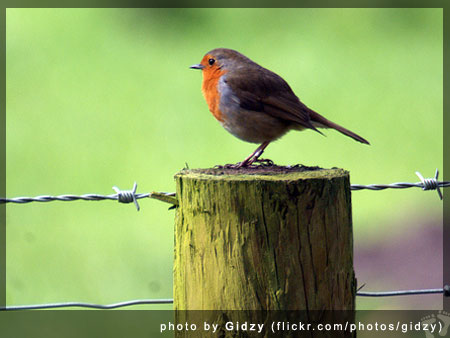
European Robin (Erithacus rubecula)
Bird watching is not just a fun recreational activity, it also offers an interesting educational travel experience for those who love to go nature-tripping, and particularly the photography enthusiasts. If you’re running out of travel ideas for your kids, why not go on a bird watching trip? You can check out the local birding clubs in your area to contact some avid birders and inquire about the schedule of upcoming bird watching activities.
















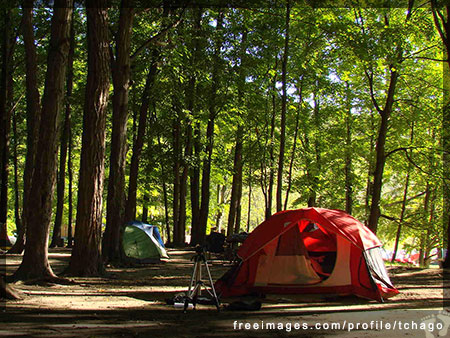
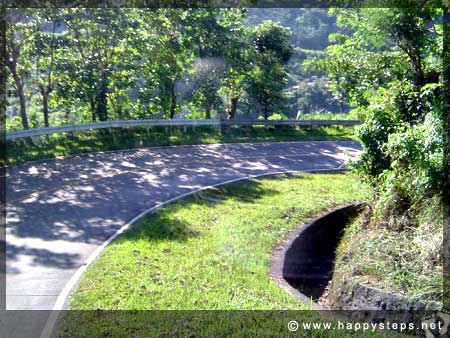






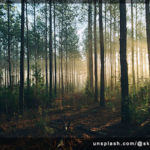

I’ve always wanted to experience bird watching. In fact, I’ve been prodding a friend of mine to accompany me to the Candaba swamp in Pampanga which is often visited by migratory birds. Hoping I can visit the place soon. I’m sure it’s going to be fun!
Me too…wish I can go on a birding trip soon. 🙂 Hope your Candaba trip pushes through… sama ako, hehehe… salamat sa pagbisita, long time no see ah.